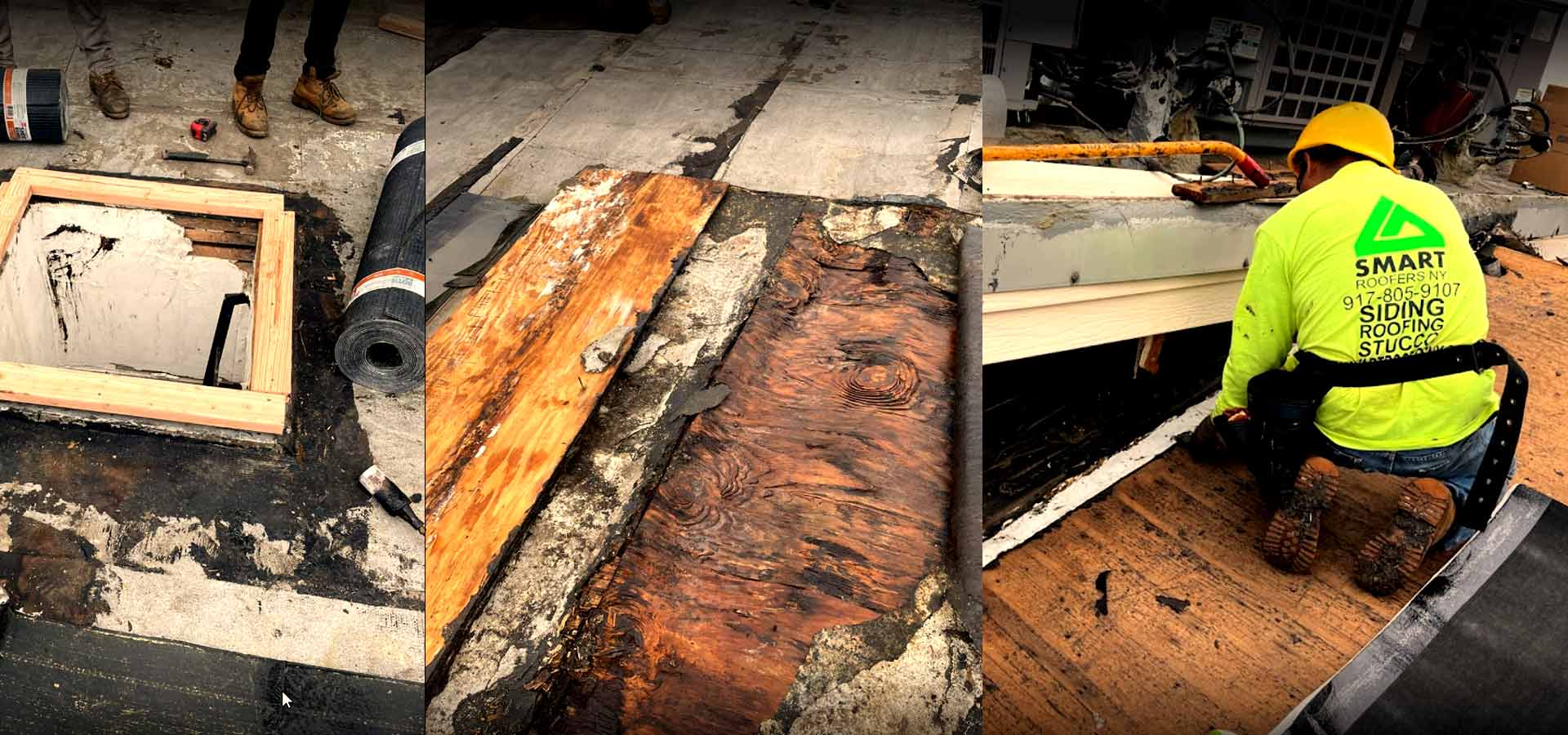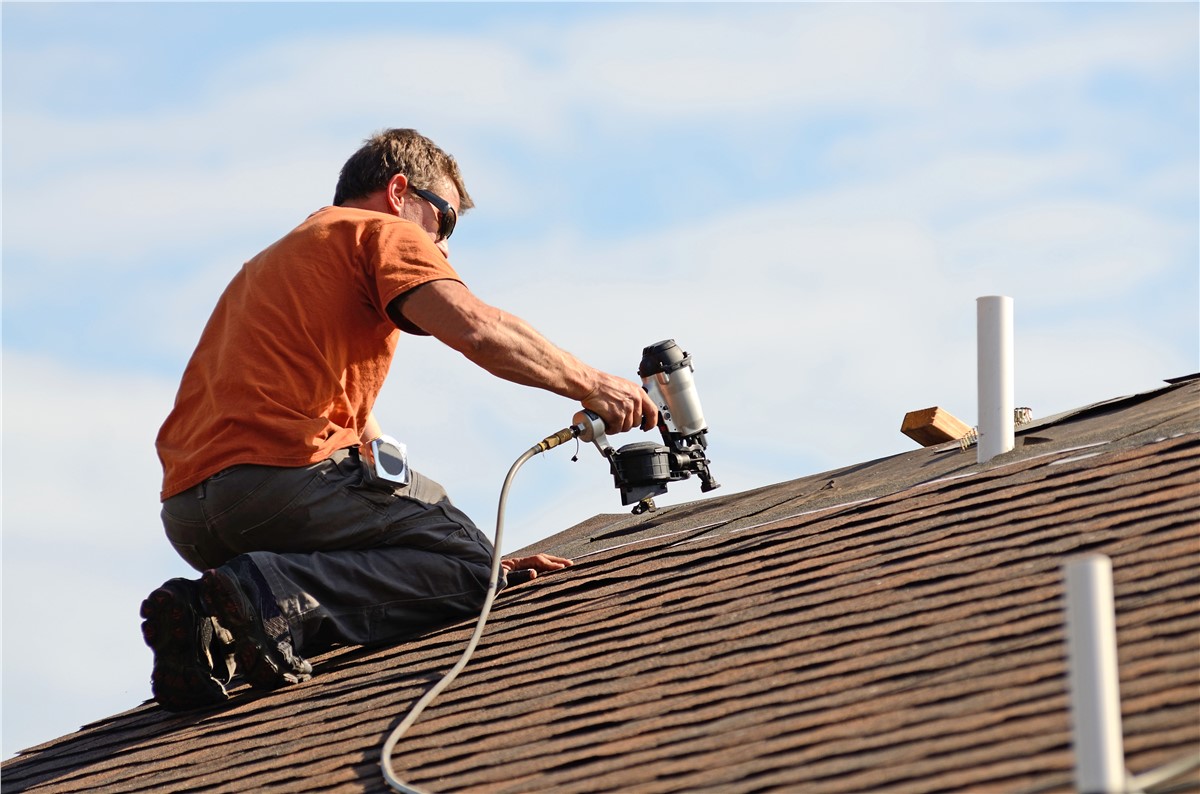Roofing Oahu: Specialist Professional Roofer for Your Oahu Property
Roofing Oahu: Specialist Professional Roofer for Your Oahu Property
Blog Article
Comprehending the Various Kinds Of Roofs: A Comprehensive Guide for Homeowners
In the realm of homeownership, selecting the proper roof design is a decision that brings considerable implications for both performance and aesthetic allure. With an array of options-- ranging from the conventional gable to the contemporary flat-- each type presents distinct advantages and challenges that should align with the homeowner's particular needs and environmental factors to consider. Recognizing these differences not only aids in making an informed choice but also affects lasting maintenance and power effectiveness. As we explore the details of different roofing system kinds, it ends up being obvious that one size does not fit all; the right option may stun you.
Saddleback Roof
Gable roofs, characterized by their triangular form, are among the most popular roofing styles as a result of their simpleness and efficiency in dropping water and snow. This style includes 2 sloping sides that fulfill at a ridge, enabling for effective drain and lessening the threat of water accumulation. The high pitch frequently connected with saddleback roofs boosts their ability to manage heavy rainfall, making them ideal for various climates.
In enhancement to their sensible benefits, gable roofs supply visual flexibility. They can be adapted to different architectural designs, from traditional to contemporary homes. The design can additionally suit added features such as dormer home windows, which boost all-natural light and air flow in the attic space.
In addition, saddleback roofs supply adequate space for insulation, adding to energy effectiveness. Home owners can pick from a selection of roof materials, consisting of asphalt shingles, steel, and tiles, even more enhancing modification alternatives.
Regardless of their benefits, gable roofs may need added assistance in areas susceptible to high winds or hefty snowfall. On the whole, the saddleback roof remains a preferred selection because of its mix of functionality, resilience, and visual allure.
Apartment Roofs
Flat roof coverings are frequently recognized for their minimal layout and functional applications, specifically in commercial and commercial setups (oahu roofing). These roof coverings feature a horizontal or almost straight surface area, which permits very easy building and construction and flexible area application. While they may lack the aesthetic charm of angled roofs, level roofs supply various benefits, especially in urban atmospheres where making best use of area is important
One of the primary advantages of flat roofings is their availability. Homeowners can make use of the roofing area for numerous purposes, such as roof yards, terraces, or solar panel installations. Additionally, flat roofings are usually a lot more cost-effective to mount and keep compared to their sloped counterparts, as they call for less products and labor.
Typical materials used for level roofings include built-up roof (BUR), customized bitumen, and single-ply membrane layers, each offering distinct benefits. On the whole, flat roof coverings offer as a adaptable and functional option for numerous house owners and services alike.
Hip Roofs
Hip roofings are characterized by their sloped sides that assemble on top, forming a ridge. This style stands out from gable roof coverings, as all four sides of a hip roofing system slope downwards toward the walls, supplying a much more stable structure. The angle of the inclines can vary, permitting flexibility in architectural looks and capability.
One of the main benefits of hip roof coverings is their capacity to hold up against hefty winds and unfavorable climate problems. The sloped surface areas enable better water drain, reducing the risk of check out this site leakages and water damages. Additionally, hip roofings offer raised attic room room, which can be made use of for storage space or also exchanged habitable areas.
Nonetheless, building a hip roof covering can be more complicated and costly than less complex roofing kinds, such as saddleback roofs. The extra product and labor associated with creating the slopes and making certain proper structural stability can cause higher expenditures. Despite these downsides, numerous home owners favor hip roofing systems for their longevity, aesthetic appeal, and capacity for energy efficiency.
Mansard Roof Coverings
Mansard roofs, frequently acknowledged by their unique four-sided style, function 2 slopes on each side, with the reduced slope being steeper than the upper. This architectural style, stemming from France in the 17th century, is not only visually enticing however useful, as it optimizes the functional room in the upper floorings of a structure. The high reduced incline permits for even more headroom, making it a perfect choice for attic rooms or lofts, which can be exchanged living areas.
Mansard roofings are defined by their adaptability, suiting various architectural styles, from traditional to contemporary. They can be constructed with different products, consisting of asphalt tiles, slate, or steel, providing homeowners with a series of alternatives to fit their choices and budgets. In addition, the style allows for the combination of dormer home windows, enhancing all-natural light and air flow in the upper levels.
Nevertheless, it is vital to browse around this web-site consider the possible downsides. Mansard roofs might need more maintenance because of the complexity of their layout, and their high inclines can be testing for snow and rainfall runoff. In general, mansard roof coverings integrate elegance with functionality, making them a preferred option amongst homeowners seeking distinctive architectural functions.
Dropped Roof Coverings
As property owners increasingly seek simplicity and functionality in their building layouts, dropped roofs have arised as a popular option. Defined by a solitary sloping aircraft, a shed roofing presents a minimalist visual that enhances various home designs, from contemporary to rustic.
One of the primary benefits of a shed roof covering is its simple building and construction, which commonly equates to decrease labor and product costs. This style permits reliable water drainage, lowering the danger of leakages and water damages. Additionally, the vertical slope provides sufficient room for skylights, improving all-natural light within the interior.
Shed roofings additionally provide convenience in regards to usage. They can be properly integrated into additions, garages, or outside structures like pavilions and sheds. Additionally, this roofing design can fit numerous roof materials, including steel, asphalt shingles, and even environment-friendly roofing systems, lining up with environment-friendly efforts.
Nevertheless, it is important to think about local climate problems, as hefty snow loads may demand changes to the roofing's angle or framework. In general, shed roofs present a functional and cosmetically pleasing alternative for property owners seeking to make best use of functionality without compromising style.
Final Thought


Gable roofings, characterized by their triangular shape, are amongst the most prominent roof covering styles due to their simpleness and efficiency in shedding water and snow. oahu roofing. The steep pitch generally associated with gable roofs enhances their capability to handle heavy rainfall, making them appropriate for different climates
While they may lack the visual appeal of pitched roofs, flat roofings offer many benefits, particularly in metropolitan environments where making the most of area is crucial.

Report this page